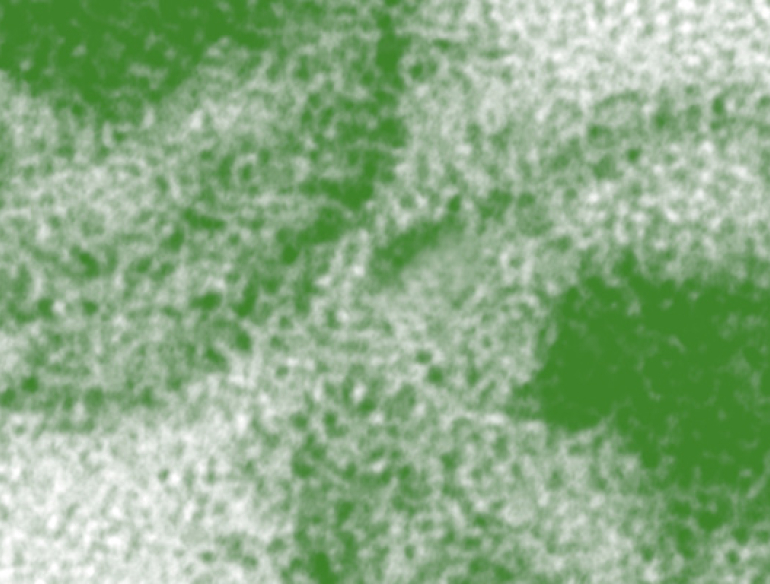- Diagnoses in the second quarter: 1 April – 30 June 1998
- A total of 174 diagnoses of HIV infection, 46 diagnoses of AIDS and 26 deaths following AIDS were reported, by 30 September1998, to have occurred in the second quarter of 1998.
- Following adjustment for reporting delay, the estimated numbers of AIDS diagnoses and deaths following AIDS occurring in the first quarter of 1998 were 80 and 60, respectively.
- In comparison, 190 diagnoses of HIV infection, 84 diagnoses of AIDS and 54 deaths following AIDS were reported, by 30 September 1998, to have occurred in the second quarter of 1997.
- During the second quarter of 1998, 25 males were reported as having newly acquired HIV infection, identified by a negative test within the 12 months prior to diagnosis or the diagnosis of HIV seroconversion illness. No cases were reported of newly acquired HIV infection attributed to a history of injecting drug use.
- People diagnosed with HIV infection in the year to 30 June 1998 had an average age of 36 years, and 1.3% were in the age group 13 19 years. 89% were male, 10% were female and sex was not reported for 1% of cases.
The Australian HIV Surveillance Report has been published on a quarterly basis from July 1990. Reports published from January 1994 are available below. Each report includes article(s) on topics of general interest in the epidemiology of HIV and related infections updates on the number of cases of newly diagnosed HIV infection and AIDS in Australia estimates of HIV incidence and prevalence among people seen through a network of sexual health clinics in Australia.
The Australian HIV Surveillance Update provides a brief summary of HIV and AIDS diagnoses in the most recent quarter, the most recent year and cumulative counts. The Australian HIV Surveillance Update was published separately prior to the July 2000 issue of the Australian HIV Surveillance Report. Updates post April 2000 are included in the Australian HIV Surveilance Report.
